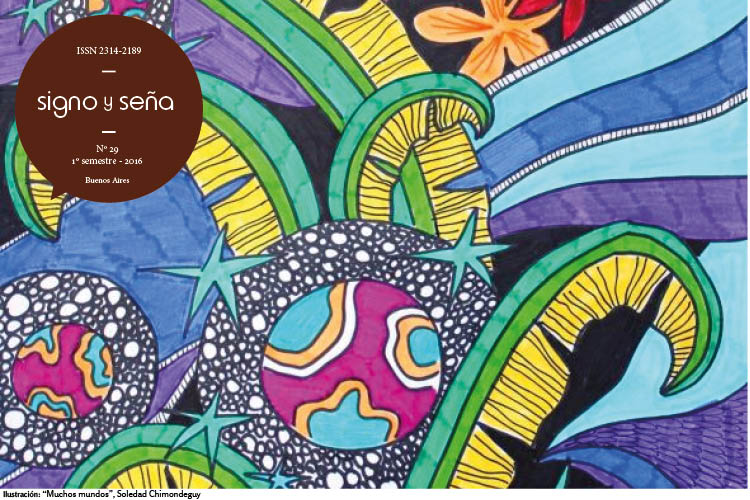<i>"Speaking little Guarani, knowing a lot"</i>. A collaborative research with children teachers in a bilingual context of Corrientes, Argentina
Keywords:
collaborative research, Guarani Castilian bilingualism, children researchers, reflexivity, bilingual families
Abstract
This paper discusses some methodological aspects that are considered key to the knowledge that occurred in a research on the uses of Guarani and Castilian in a rural area of the province of Corrientes, Argentina (2012-2014). The aim of the research was to conduct a sociolinguistic characterization of the area as well as the design of a collaborative methodological approach that was developed in their own development. The research team included children and teachers of rural school in a collaborative process of knowledge production. In an earlier ethnography (2001-2005) we have raised that linguistic uses of Guarani and Castilian are organized from the “discourse of the prohibition of Guarani” and that children would be the main recipients of that prohibition (Gandulfo 2007). In this case, the children in his dual position of native students and researchers have challenged adults on the uses of Guarani and Castilian in their community, being that an unusual questioning in terms of the communication parameters of that context. Hence the results could be produced with the participation of children as researchers and the reflexivity of the researcher, regarding the different types of Guarani-Castilian bilingual families under study.Downloads
Download data is not yet available.
How to Cite
Gandulfo, C. (1). <i>"Speaking little Guarani, knowing a lot"</i>. A collaborative research with children teachers in a bilingual context of Corrientes, Argentina. Signo & Seña, (29), 79-102. https://doi.org/10.34096/sys.n29.2807
Issue
Section
Dossier. Bilingual / multilingual speakers and educational practices: ethnographic and interactionist perspectives
- Authors keep the copyright and give the journal the right of the first publication, with the work registered with the Creative Commons Attribution-ShareAlike 4.0 International License, which allows third parties to use what is published whenever they mention the authorship of the work and the first publication in this magazine.
- Authors can make other independent and additional contractual agreements for the non-exclusive distribution of the article published in this journal (eg, include it in an institutional repository or publish it in a book) as long as they clearly indicate that the work It was published for the first time in this magazine.
- Authors are allowed and recommended to publish their work on the Internet (for example on institutional or personal pages).

















